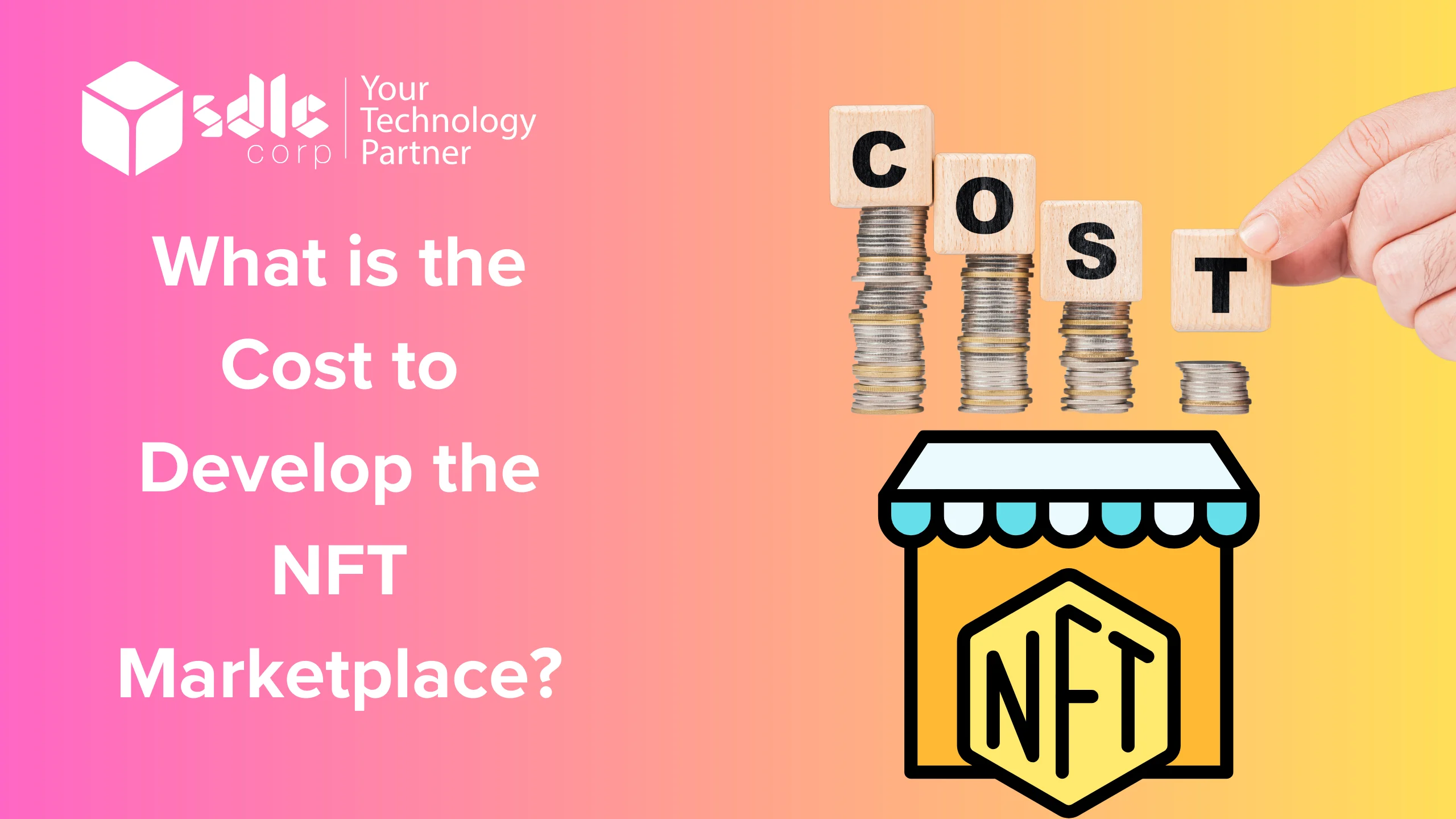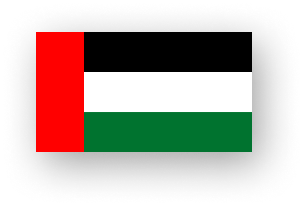Introduction
The rise of Non-Fungible Tokens (NFTs) has brought about a paradigm shift in how digital assets are created, bought, and sold. NFT marketplaces have become essential platforms for creators, collectors, and investors to engage with these unique digital items, ranging from art and music to virtual real estate and collectibles. However, building an NFT marketplace is not a simple task, and the cost of development can vary widely depending on several factors. If you’re considering launching your own NFT marketplace, it’s crucial to understand the key elements that influence development costs. This article delves into the factors that contribute to the overall cost of building an NFT marketplace, helping you gain a clear understanding of what’s involved in turning this digital vision into a reality.

Essential Elements That Impact the Cost of Building an NFT Marketplace
The cost to develop an NFT marketplace depends on various factors, including:
1. Features and Functionalities
The more advanced features you integrate, the higher the development cost. Below are the essential features that impact pricing:
a. Storefront
A user-friendly storefront is crucial for displaying NFT collections, detailed descriptions, pricing, and transaction history. A well-optimized storefront enhances the user experience, making the marketplace more engaging. It also ensures seamless navigation and boosts sales conversions.
b. Advanced Search Functionality
Users should be able to find their desired NFTs effortlessly. A smart search bar with filters like categories, price range, creator name, and blockchain type enhances usability. Implementing AI-driven recommendations can further improve search efficiency.
c. NFT Listing and Minting
Creators should have the ability to list and mint NFTs easily. The process involves adding metadata, descriptions, images, and auction settings. A well-designed minting process improves user engagement and streamlines NFT creation.
d. Auction and Buy Options
NFT marketplaces allow users to buy NFTs at a fixed price or participate in auctions. The auction system requires real-time bidding, countdown timers, and automatic bid updates, increasing development complexity. Implementing smart contracts ensures fair transactions.
e. Wallet Integration
A seamless wallet integration allows users to store, buy, and sell NFTs securely. Popular wallet integrations include MetaMask, Trust Wallet, and Coinbase Wallet. Multi-wallet support ensures broader user accessibility.
f. Notifications and Alerts
Instant notifications inform users about bid updates, purchases, new NFT listings, and price changes. This enhances engagement and keeps users updated, improving retention rates.
g. Ratings and Reviews
A rating system helps build trust within the marketplace. Users can rate sellers and buyers, ensuring a transparent and reliable ecosystem. Verified user reviews increase credibility and marketplace adoption.
2. Blockchain Selection and Its Impact on Cost
Blockchain selection significantly impacts NFT marketplace development costs. Each blockchain has its advantages and cost implications:
- Ethereum: Most popular but has high gas fees.
- Binance Smart Chain: Cost-effective and fast.
- Polygon: Scalable and low transaction fees.
- Solana: High-speed transactions with minimal fees.
- Flow: Ideal for gaming NFT marketplaces.
The choice of blockchain affects security, scalability, and transaction costs, ultimately influencing the total development budget.
Read More: What is NFT Marketplace and How it is Different from Crypto
NFT Marketplace Development Team and Process: Key Considerations for Cost Optimization

The development cost varies based on the team composition, expertise, and location. A typical NFT marketplace development team consists of:
1. UI/UX Designers
UI/UX designers ensure the marketplace has an intuitive, visually appealing interface that attracts and retains users. Their role involves creating the design and user flow, focusing on accessibility and ease of navigation. Depending on the complexity, UI/UX design costs can range from $5,000 to $20,000, with more sophisticated designs pushing the price higher.
2. Frontend Developers
Frontend developers turn designs into interactive, functional interfaces by implementing client-side scripting. The cost varies based on the number of screens and features, with prices ranging from $5,000 to $20,000. A more complex or feature-rich frontend increases the cost, especially when advanced interactivity is involved.
3. Backend Developers
Backend developers create the server-side architecture, managing databases and ensuring smooth transactions and user authentication. Costs here range from $10,000 to $50,000, depending on the marketplace’s complexity and scalability needs. The backend must support growing user demands, so investment in this area is crucial for long-term success.
4. Blockchain Developers
Blockchain developers integrate decentralized ledger technology to power NFT transactions. They ensure the platform works with the chosen blockchain (e.g., Ethereum, Binance Smart Chain). This integration can cost between $10,000 and $50,000, depending on the blockchain’s complexity and how deeply it’s embedded within the marketplace.
5. Quality Assurance Engineers
QA engineers test the platform for bugs, glitches, and user experience issues before launch. Their job is to ensure everything works as expected, providing a smooth experience for users. The cost of quality assurance ranges from $5,000 to $15,000, influenced by the platform’s complexity and testing scope.
6. Project Managers
Project managers oversee the entire development process, ensuring tasks are completed on time and within budget. They coordinate team efforts, manage timelines, and ensure smooth communication among all parties. While typically bundled with development fees, hiring an experienced project manager can streamline the process and help avoid costly delays.
Hiring experienced NFT developers ensures a smooth and efficient development process, but it comes at a premium cost. Outsourcing to NFT marketplace development companies can optimize costs while maintaining quality.
Tech Stack and Development Tools
The choice of programming languages, frameworks, and tools affects both development time and cost. Common tech stacks include:
- Frontend: React, Angular, Vue.js
- Backend: Node.js, Python, Ruby on Rails
- Smart Contracts: Solidity, Rust
- Databases: MongoDB, PostgreSQL
- Cloud Storage: AWS, IPFS
A robust tech stack ensures security, scalability, and performance but also adds to the total NFT marketplace development cost.
How Much Does NFT Marketplace Development Cost in 2025?
Below is an estimated cost breakdown for developing an NFT marketplace in 2025:
| Factors | Average Cost ($) |
|---|---|
| UX/UI Development | $800 – $3000 |
| User Profiles | $700 – $2800 |
| Authorization and Security | $1200 – $5000 |
| Home Page | $1400 – $5500 |
| Search and Filters | $1600 – $6200 |
| Product Page | $700 – $2800 |
| Shopping Cart | $850 – $3200 |
| Payments | $800 – $2800 |
| Ethereum Incorporation | $1600 – $6200 |
| NFT Management | $1600 – $6300 |
| Inventory Management | $700 – $2800 |
| Admin Panel | $1500 – $5500 |
| Author Panel | $2200 – $8500 |
NFT Market Maintenance Cost
Maintaining an NFT marketplace involves various recurring costs, including server management, security updates, and bug fixes. Below is an estimated breakdown of maintenance costs:
| Factors | Cost ($) |
|---|---|
| Server Costs | $12,000 |
| Third-party Integration | $2,500 |
| Application Updates | $2,500 |
| Bug Fixes | $6,000 |
| Security Patches | $12,000 |
NFT Segment Revenue from 2022 to 2027
The NFT market is rapidly expanding, with projected revenue growth over the coming years. Below is a bar chart representing the estimated NFT segment revenue from 2022 to 2027:

Cost to Develop NFT Marketplace in Different Countries
The development costs for an NFT marketplace can vary significantly based on the location of the development team. The following overview, using the example image as a reference, highlights potential cost differences across various countries in Eastern Europe, Western Europe, and the United States.

East Europe
Eastern European countries such as Ukraine and Poland have lower development rates compared to Western Europe and the United States. The cost of building an NFT marketplace in Eastern Europe can range from $30,000 to $70,000 or more, depending on the team’s size, expertise, and the required features.
West Europe
Western European countries such as Germany and France have higher development rates compared to Eastern Europe and the United States. The cost of developing an NFT marketplace app in Western Europe can range from $60,000 to $100,000 or more, depending on the team’s size, expertise, and the required features.
USA
The United States has some of the highest development rates in the world. The cost of building an NFT marketplace app in the U.S. can range from $100,000 to $500,000 or more, depending on the team’s size, expertise, and the required features.
It’s important to note that these price ranges are only estimates and can vary based on the project’s specific requirements, the development team’s skill level and experience, and the technology stack used. Ultimately, the cost of developing an NFT marketplace will depend on the project’s unique specifications and the chosen development team. For a more accurate estimate, it’s advisable to research the specific country and development team, as other Eastern or Western European countries may have different rates and cost structures.
Read more: Everything You Need To Know Concerning The NFT Marketplace
Conclusion
NFT marketplaces are reshaping digital ownership, making it easier for creators and collectors to monetize assets. The cost of NFT Marketplace Development varies based on features, blockchain selection, and ongoing maintenance. Businesses looking to invest should consider all cost factors and choose experienced NFT Marketplace Development companies for a seamless and scalable solution.
Launch your NFT marketplace today! let's make it happen!

Related Posts You Might Enjoy















